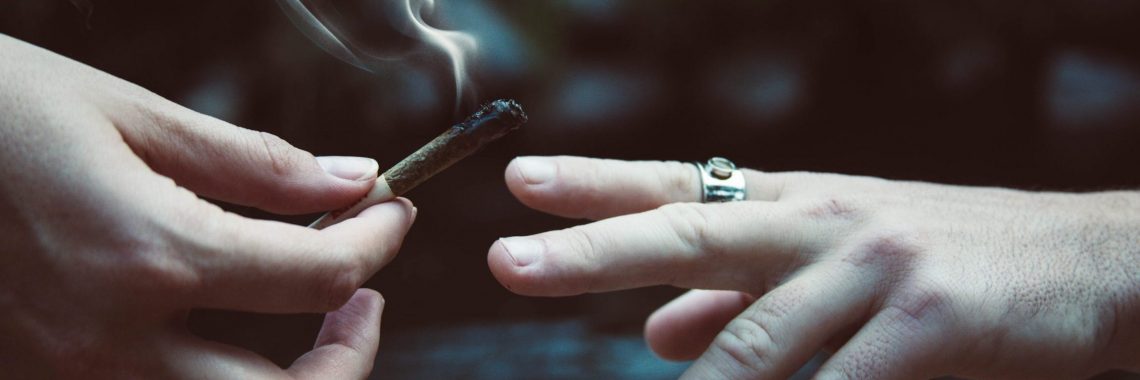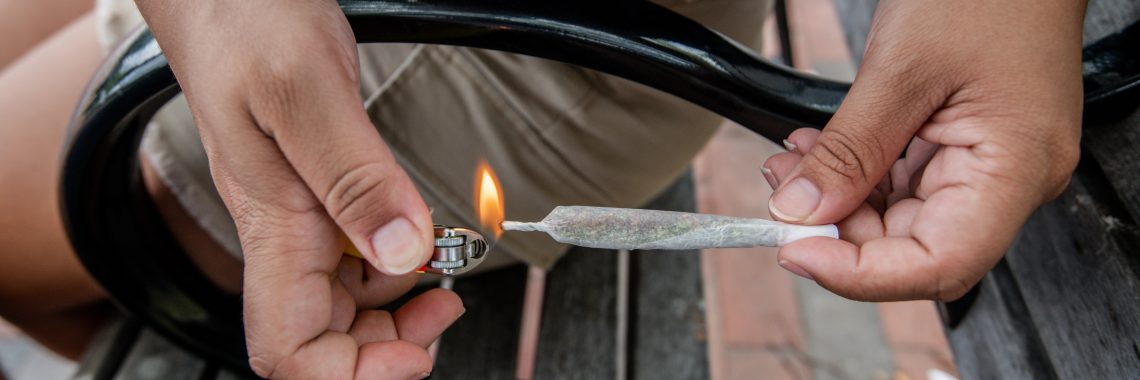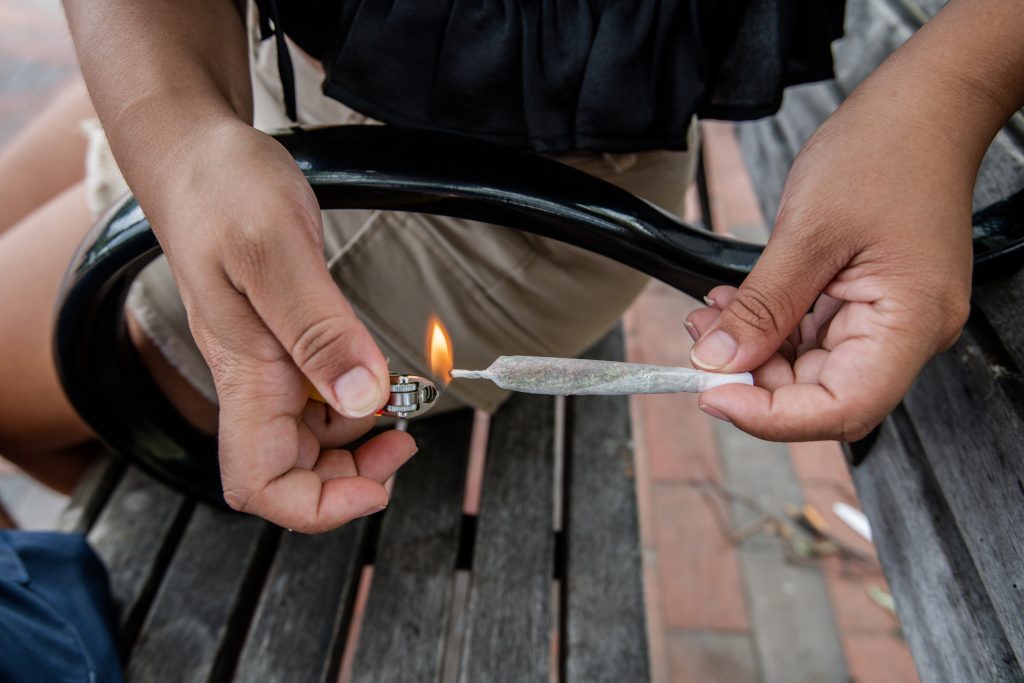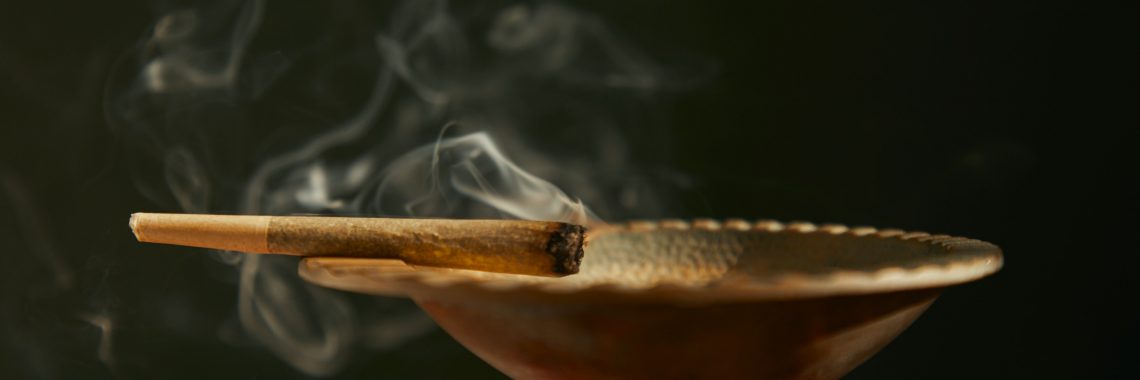Marijuana Use During Pregnancy Hurts Unborn Children: New Study
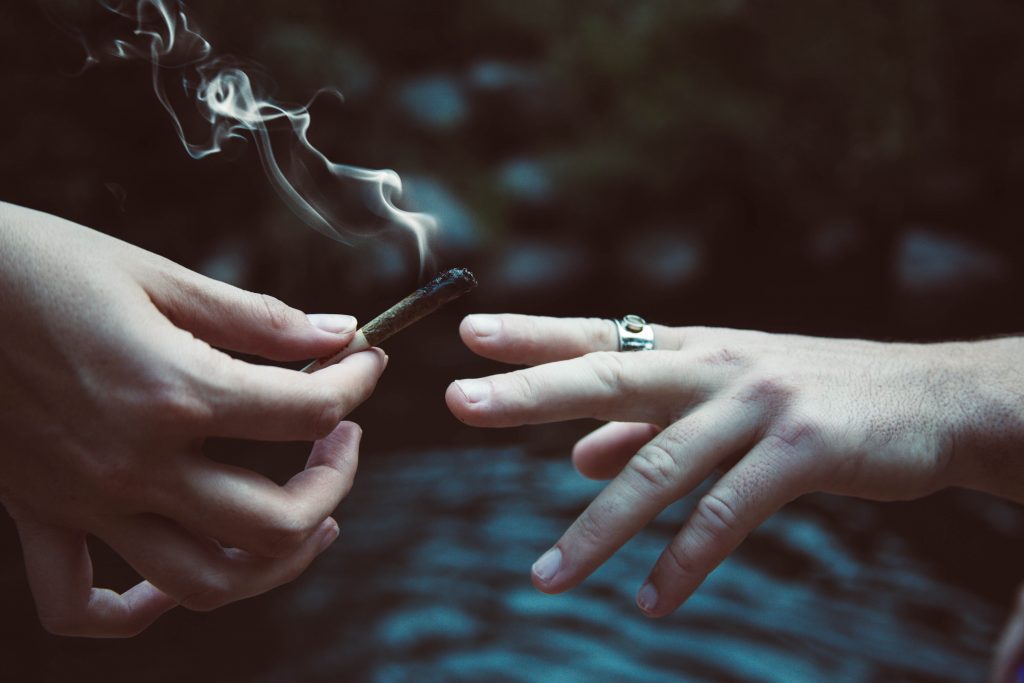
A study published Tuesday in the journal Frontiers In Pediatrics found marijuana use during pregnancy could decrease a newborn’s birthweight by approximately one-third of a pound.
Decreased birthweight is associated with health problems and developmental delays as children mature.
The study also found newborns exposed to marijuana in utero suffered from smaller head circumference. Smaller head circumference could indicate inadequate brain development during pregnancy.
Researchers analyzed medical records from 109 pregnant women who delivered at an obstetrics clinic at Central Michigan’s College of Medicine. Marijuana use was medically verified. This data was compared with the information of 171 women who did not use marijuana and served as the control group.
Contrary to popular belief, marijuana use is not a harmless recreational activity. The risks to fetal development — including low birth weight and impaired brain development — underscore that fact.
And this actually is not the first study to suggest that marijuana use during pregnancy may pose serious risks for unborn children.
A 2021 study out of California found infants were 35% more likely to die within a year of birth if their mother used marijuana heavily, and that infants were more likely to be born preterm, have a low birth weight, and be small for their gestational age.
Besides harming unborn children, marijuana use can impair cognitive function, memory, and attention — especially for teens and young adults.
Research also indicates marijuana use may affect coordination and motor skills — potentially increasing the risk of accidents and injuries.
Marijuana use is scientifically linked to heart diseases, according to the American Heart Association.
A study published in the Canadian Medical Association Journal found adults under age 45 who frequently use marijuana are roughly twice as likely to suffer from a heart attack as adults who do not use marijuana.
Smoking marijuana on a regular basis is associated with chronic cough and phlegm production. The American Lung Association writes simply that, “Smoking marijuana clearly damages the human lung.”
An NIH study published this year found young men who use marijuana heavily are at an increased risk of developing schizophrenia.
A 2022 study published in The Lancet determined that using marijuana with high levels of THC was linked to an increased risk of psychosis.
A 2021 report published in the Journal of the American Medical Association found self-harm rates rose 46% among men ages 21 to 39 in states where commercial marijuana sales were legalized.
A 2019 study published in The Lancet found using marijuana with THC levels exceeding 10% increased the odds of a person suffering a psychotic episode.
The list goes on and one.
All of this underscores what we have said for years: Marijuana may be many things, but “harmless” simply is not one of them.
Articles appearing on this website are written with the aid of Family Council’s researchers and writers.

